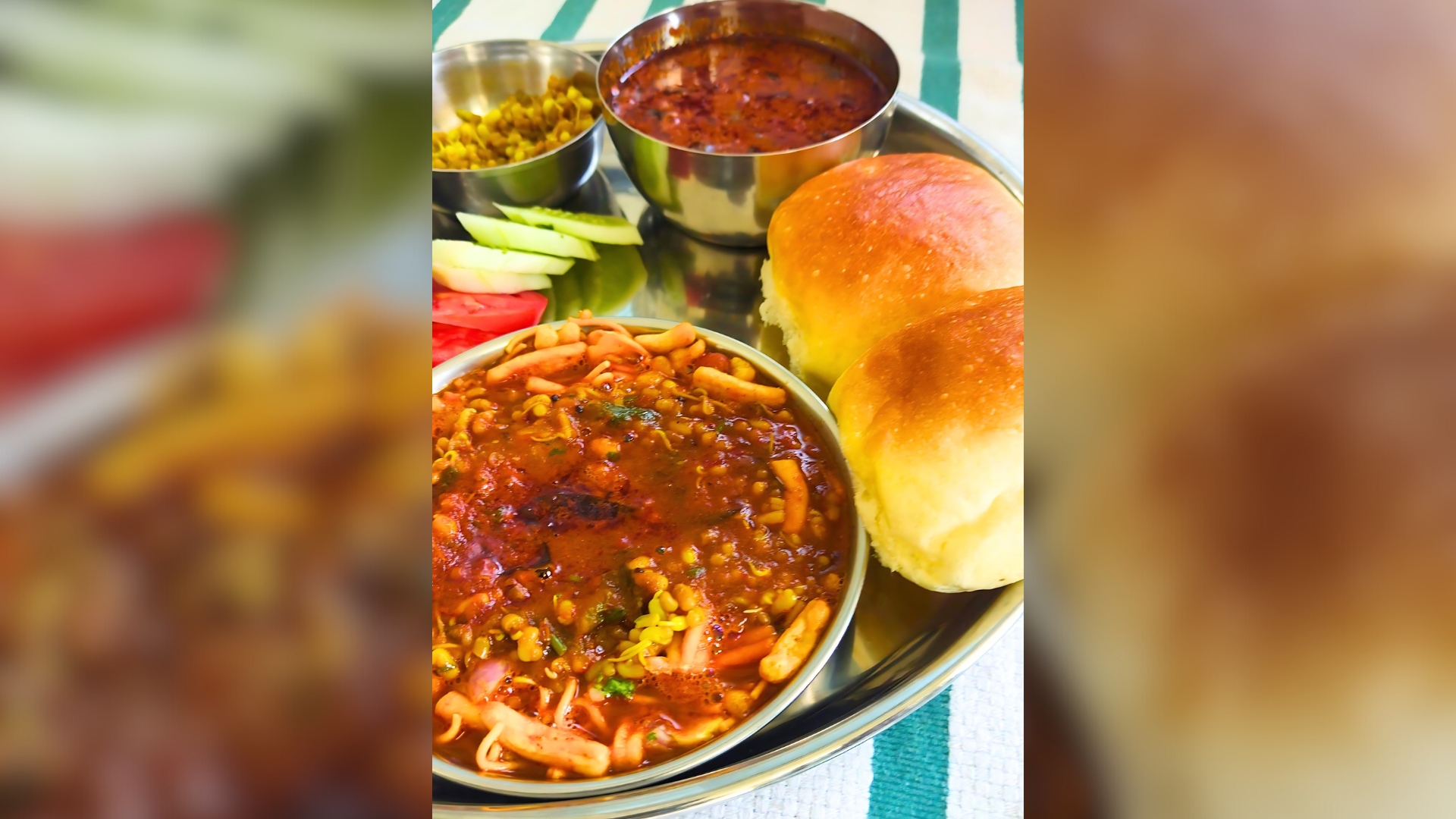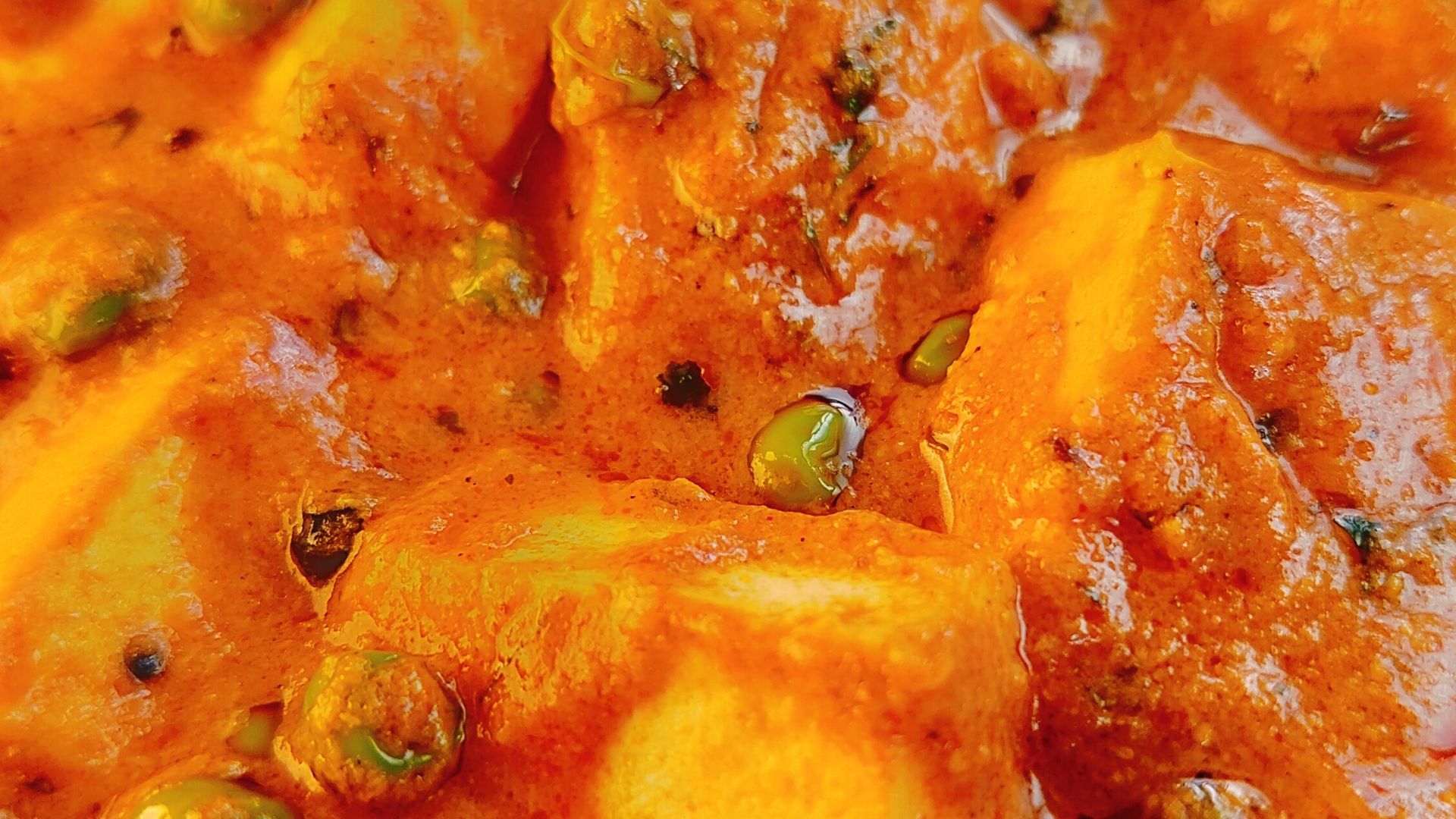Ivy Gourd Rice with Buttermilk Kadhi Recipe: A Delectable Indian Dish
Tendli(Ivy gourd) Rice with Kadhi is a classic dish that showcases the rich culinary traditions of India. This delightful combination of spiced ivy gourd rice and tangy buttermilk-based curry is not only delicious but also easy to prepare. Perfect for a family meal or a special occasion, Tendli Rice with Kadhi brings together a medley of flavors and textures that will leave your taste buds craving more. Ingredients For Tendli Rice For Kadhi Step by Step Recipe Preparing Tendli Rice Making Kadhi Tips for Perfection Serving Suggestions Common Mistakes to Avoid History and Origin Ivy gourd Rice with Kadhi is a beloved dish in Indian households, particularly in regions like Maharashtra and Gujarat. Tendli, also known as ivy gourd or tindora, is a popular vegetable in Indian cuisine, appreciated for its crunchy texture and mild flavor. Kadhi, a buttermilk-based curry, has its roots in the northern and western parts of India, where it’s traditionally served with rice or khichdi. This combination of tendli rice and kadhi reflects the culinary ingenuity of blending local ingredients with traditional cooking methods. Health Benefits Variations Regional Cuisines Frequently Asked Questions (FAQs) To know more about Ivy gourd click here. Few of our other Trending Recipes: Misal Pav Recipe: A Spicy Delight from Maharashtra Pohe Recipe: A Step-by-Step Guide









